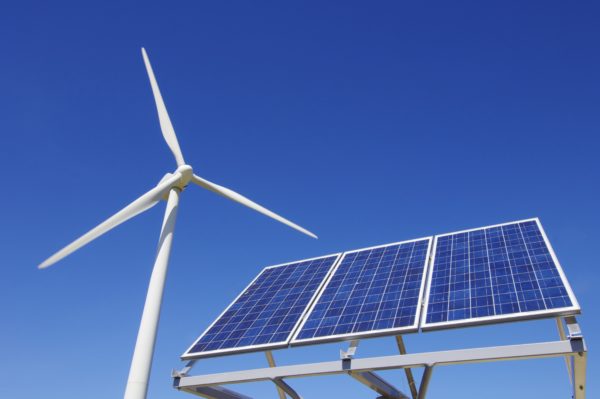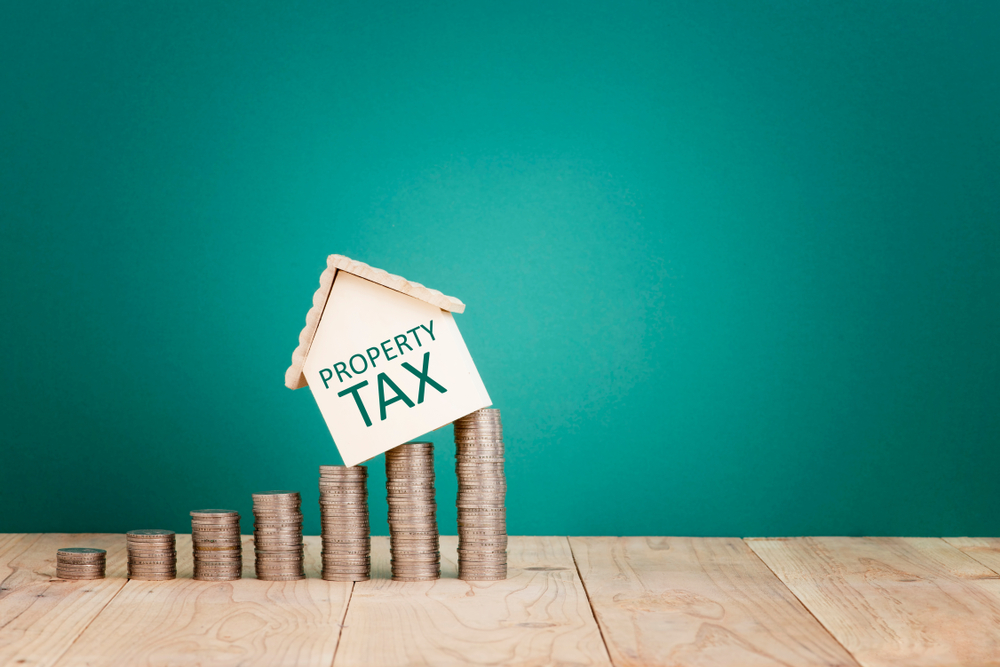Supermarkets, tech giants and mining heavyweights are increasingly buying into wind and solar farms to offset emissions and attract climate-savvy customers.
For two decades, Australia’s Renewable Energy Target (RET) has created an obligation for big buyers of electricity from the grid to use more renewable sources.
Electricity retailers who supply power to homes and businesses and some large energy users must surrender a certain number of certificates to the regulator each year or pay a shortfall penalty.
Adding to the impetus, the Australian Energy Market Operator has been given an emissions reduction role for the first time after laws passed on Thursday to add the requirement to national energy objectives.
Companies are also increasingly choosing to set renewable electricity targets and emissions reduction deadlines, the Clean Energy Regulator told AAP.
The surrender of certificates is gaining momentum.
For example, 5.8 million large-scale generation certificates were voluntarily cancelled in 2021, effectively adding 5800 gigawatt/hours to the target.
So far this year, nearly eight million have been surrendered.
A target of 33 million megawatt hours of electricity from large-scale renewable sources has been set for each year from 2021, until the scheme ends in 2030.
Large energy users, including supermarket chains, Microsoft, BHP and Ikea, are striking contracts with accredited renewable power stations for certificates.
Companies voluntarily surrendering the certificates do not receive any revenue but are able to claim the emissions reduction under government programs and market-based carbon accounting.
“In addition, some consumers value green products. Being able to show they are using more renewable electricity may help companies boost sales,” the regulator said.
The energy industry is calling for the successful program to be extended to help meet the latest target of 82 per cent renewable energy.
The RET scheme was set up in 2000, achieved its goals by 2020 and is being phased out.
But no policy has delivered as much abatement, given as much certainty and unlocked as much investment, according to Clean Energy Council CEO Kane Thornton.
Recent deals include one struck by AGL with energy-hungry tech giant Microsoft.
The agreement provides Microsoft with certificates from the NSW Rye Park wind farm project located 11 km north-east of Yass, where AGL has a power purchase agreement with developer Tilt Renewables.
Registered owners of renewable energy certificates can choose to on-sell them or surrender them to the regulator to meet their mandatory liability.
Electrons in the grid don’t come with labels showing where they are from so the certificates demonstrate that renewable energy has been generated.
AGL chief operating officer Markus Brokhof said supply agreements for the certificates can help to increase the viability of new green projects by providing an additional revenue stream.
Microsoft Australia and New Zealand boss Steven Worrall said the company is looking for other ways to reduce emissions and support the energy transition.
Mining giant BHP’s declarations of reduced emissions also include the purchase of large-scale generation certificates.
BHP says it is on track to achieve its medium-term target to reduce operational greenhouse gas emissions by at least 30 per cent by 2030.
A renewable power purchase agreement between Queensland state utility CleanCo and BHP Mitsubishi Alliance is expected to meet half the electricity demand of their central Queensland metallurgical coal operations.
The five-year deal for solar, wind and pumped hydro will run to the end of 2030 and extends an agreement that was due to expire in 2025.
It is bankrolling several wind farms and a new hydro energy storage project at Wivenhoe.
BHP expects to halve emissions from the generation of electricity used to power its iron ore port facilities in Port Hedland by the end of 2024, under a power agreement with Alinta Energy for clean sources.
The west is also critical mineral heartland where BHP mines and refines nickel, with three-quarters now sold to electric car battery manufacturers.
BHP Nickel West is using wind farms and solar to offset the carbon footprint of a 50-year old smelter near the outback town of Kalgoorlie in Western Australia.
The plant is used to produce a high-grade product called nickel matte, which is refined further in Kwinana before being shipped from Fremantle into the battery supply chain and to other manufacturers.
An initial 12-year agreement with Enel Green Power will take all of the energy produced at a wind project called Flat Rocks in the Great Southern Region.
It is expected to generate renewable energy equivalent to the entire annual electricity consumption at the Kalgoorlie nickel smelter and Nickel West Kambalda concentrator plant.
Construction of the $200 million first stage of Flat Rocks and installation of 18 turbines is in full swing, with the project expected to be operational in early-2024.
The Merredin Solar Farm has already cut energy bills at Nickel West and, from 2024, is expected to reduce emissions from electricity use at the Kwinana refinery by up to half.
“Our efforts to reduce operational greenhouse gas emissions and make Nickel West more sustainable will help give us a competitive advantage and strengthen our position as a nickel supplier of choice to global customers,” Sam Penglis, head of asset Integration at Nickel West, told AAP.
“At our major mining and concentrating operations in the Northern Goldfields – Mt Keith and Leinster – we’re working with our energy partner TransAlta to build BHP’s first on-site solar farm and a battery energy storage system.”
But green or renewable electricity claims are on the radar of the Australian Competition and Consumer Commission.
Under consumer law, it is unlawful for a business to engage in misleading or deceptive conduct, which includes making false or misleading statements about environmental and sustainability credentials.
“The ACCC is developing more detailed guidance specifically to assist businesses who wish to make claims about emissions reductions,” the watchdog said.
Marion Rae
(Australian Associated Press)





